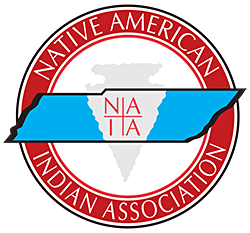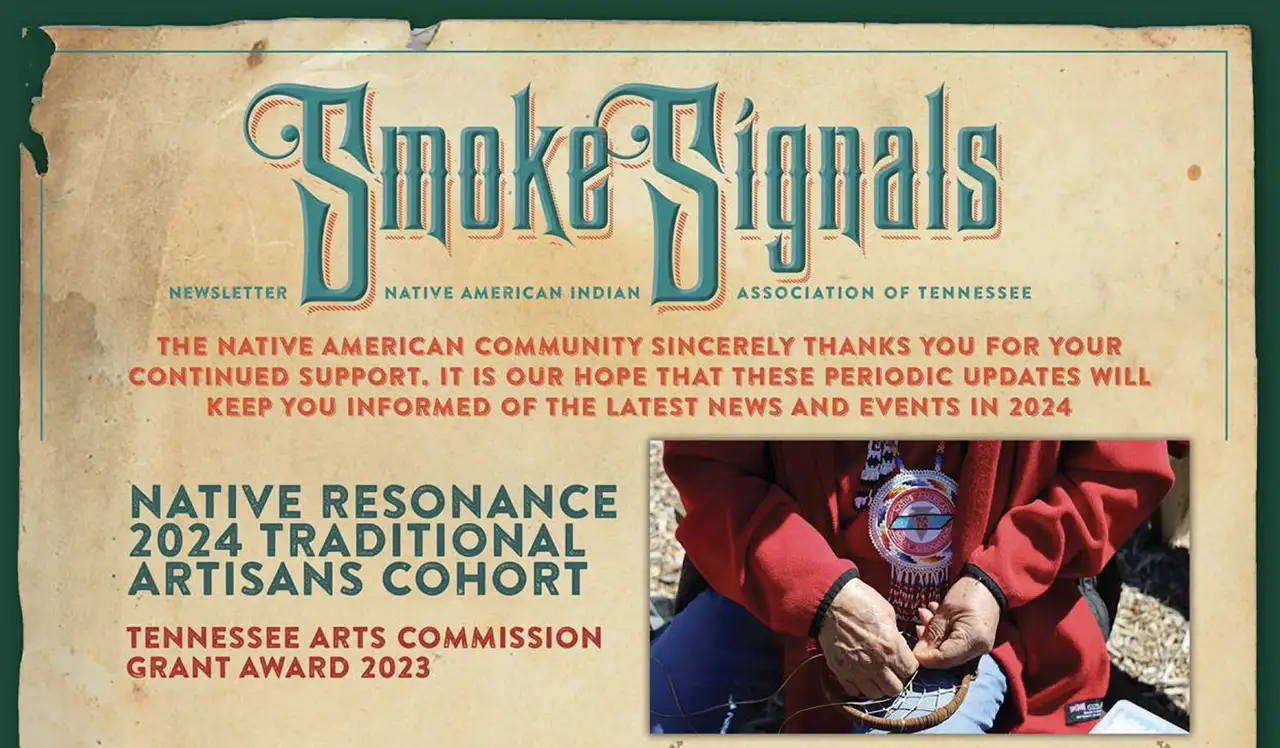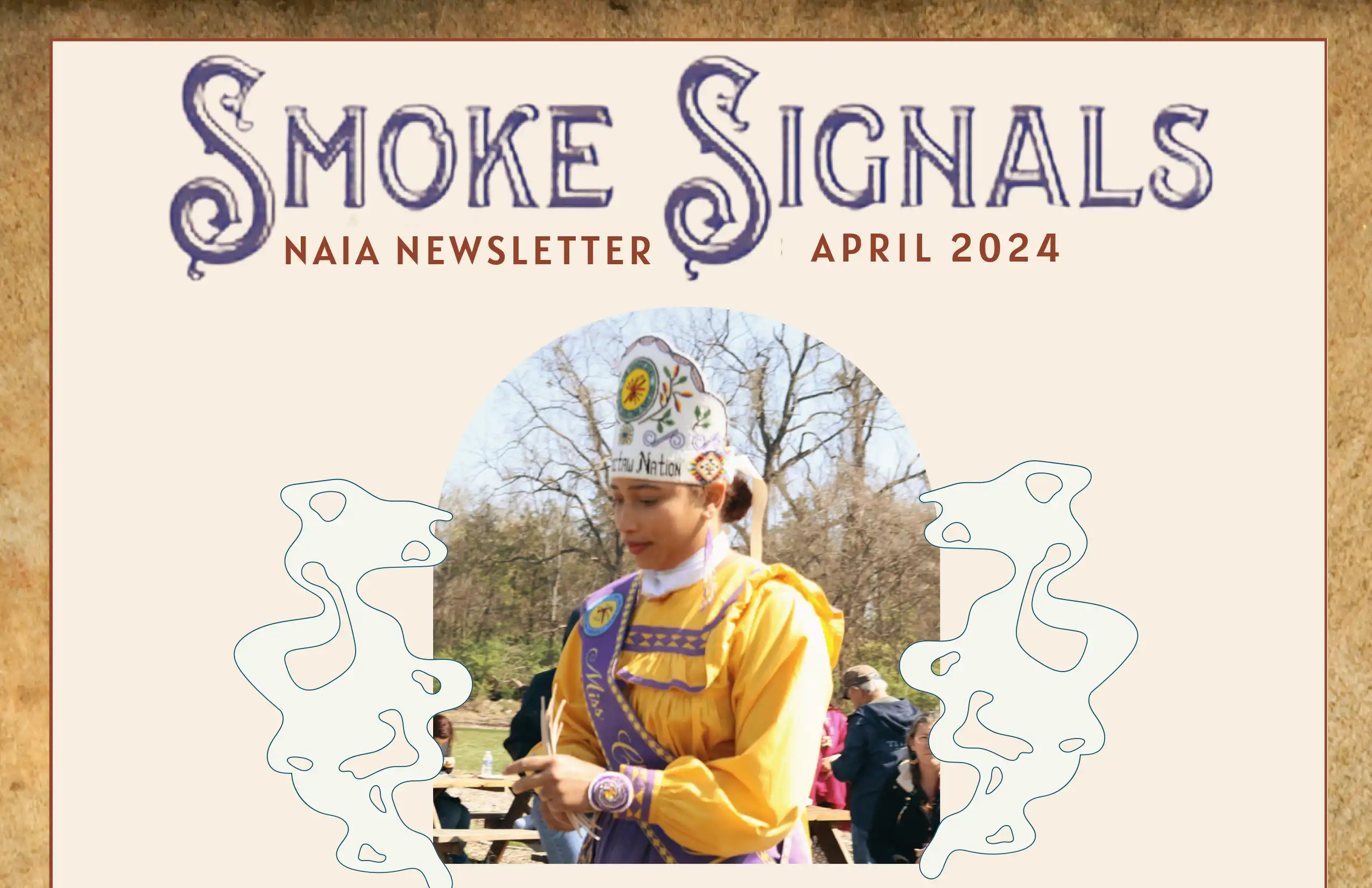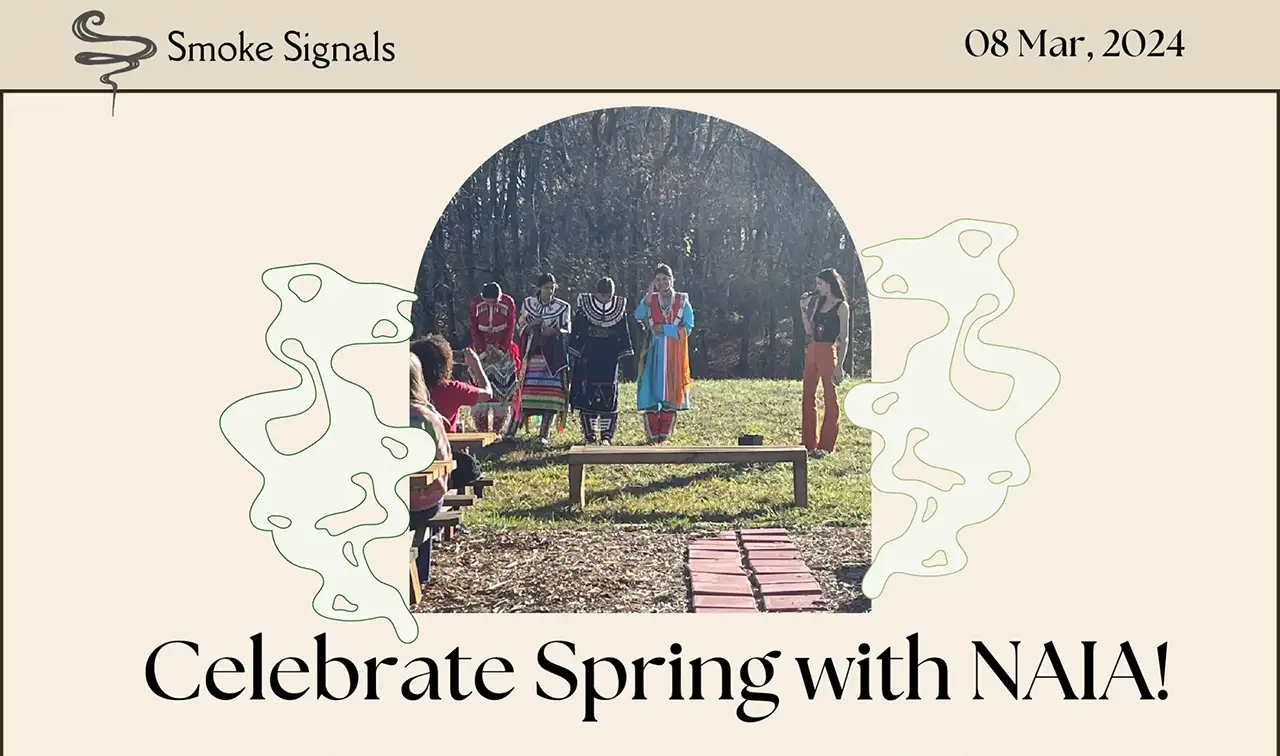On 88 acres of self-governed land in Tennessee, a dream deferred for Choctaw people comes true
HENNING, Tennessee — Like his Choctaw ancestors before him, Cubert Bell couldn’t be convinced to cut ties with his ancestral home.
The year was 1994. The house where Bell lives with his wife, children and grandchildren didn’t yet exist. Neither did his street, filled with multigenerational Choctaw families, nor the community center around the bend.
It all sits now on 88 acres of the only autonomous land in Tennessee, where Bell’s family and other Choctaw sharecroppers formed a community that’s since become sovereign, operating their own public safety, health and other services while keeping their cultural traditions alive.
“For those long years of struggle that we had here, we were all able to work together for one goal and purpose… to see the accomplishment of this,” Bell said.
But back when he and others from Henning first put pressure on then-Chief Philip Martin to “do something” for the community 50 miles northeast of Memphis, the creation of a reservation in Tennessee was only a dream.
It was a dream already 230 years deferred.
In one of the earliest of treaties broken with Native tribes, the land that would become Tennessee, in its entirety, was designated part of a mass “Indian preserve,” in a 1763 proclamation forbidding white settlements west of the American colonies.
In subsequent years, the majority of Choctaw people were coerced into leaving their Mississippi homelands, by the administration of President Andrew Jackson.
A minority of the Choctaw people exercised their right to refuse removal. They were meant to receive allotments of land. Those families were instead subject to what historian Ronald N. Satz calls “one of the most flagrant cases of fraud, intimidation and speculation in American history.”
Dispossessed, the Mississippi Choctaw people were further devastated by the 1918 flu pandemic, which killed 25% of the tribe’s population in the state, according to Tribal Historic Preservation Officer Kenneth Carleton. And, though the federal government began granting the Mississippi Choctaw people some resources, poverty persisted for decades.
When a sharecropper in Golddust, Tenn., started searching for tenants to chop cotton near the banks of the Mississippi River, Bell’s family was ready to heed the call.
He was among the first to come, as a boy in the 1950s. Bell grew up helping his Grandma in the fields — work he calls “the most horrible thing.”
When he entered school, English as a Second Language (ESL) classes were decades from existence. Aside from a few English words, Bell spoke only Choctaw and had to repeat first grade three times.
Understanding English came with comprehending racist slurs. That translated to long walks, rather than a 5-mile school bus ride, home. Not because Bell avoided the antagonism. He took it head on.
“I started early as far as my intention of not having to put up with that junk,” he said. “Because enough is enough. I just tell the young man, ‘If you say any more, a fight is on, if that’s what you want.’ I’d wind up getting kicked off the bus and walk the rest of the way home. So be it,” he said.
The explicit racism eventually subsided in Henning, Tenn. Bell said. And he began to realize the gravity of what his elders had gone through in Mississippi — from police brutality to the trauma of removal that haunted his grandma.
After serving in the U.S. Marine Corps, Bell’s involvement in community organizing began. A GED program was launched that ushered Choctaw women into factory jobs, making Tupperware and pants. And the pitch to the Mississippi tribe, to build a reservation in Henning, began to unfold.
Chief Martin’s first offer was a bus, providing the Choctaw people of Henning a means to move back to Mississippi. “Nobody took him up on it,” Bell said.
Instead, Henning became the first, and thus far the only, federally recognized tribal land in Tennessee. Today, it is home to around 200 of Tennessee’s total Choctaw population of approximately 2,000, according to 2018 U.S. Census Bureau estimates.
After the tribe bought the land and the Bureau of Indian Affairs built the houses, Bell arranged for each of them to be stocked with three books: A Choctaw bible, a Choctaw hymn book and a Choctaw dictionary.
Since then, Choctaw language and culture; food and fellowship has not only survived colonization. In Henning, it thrives.

‘We have to be true to the people around us’
Dorian Thompson, 36, works as a behavioral health specialist in Henning. She and her sister Andrea Thompson, 33, “team up” to pass on the dancing and beadwork traditions taught to them.
At a time when many communities are in search of hope, training “the little ones” is about much more than in technique, Dorian Thompson said.
“We don’t know what the future holds for each of us. But we have to be true to the people that around us. That’s why it’s important for us to continue to strive with our culture. It helps our younger generation understand: Who their identity is, where did they come from,” she said.
“We have to remember: We all come from different walks of life. Some may have it easier, some don’t. But we always have to remain positive. And to keep pushing forward. No matter what comes at stake,” Dorian Thompson said.
Embracing Choctaw culture brings a sense of belonging that is inclusive, she said. The tribe includes members who are of mixed-race Choctaw descent and spouses from other cultures.
The mixed kids sometimes struggle with their identity, Thompson said. But the tribe doesn’t struggle with who the children are to them.
“They’re always welcome. They’re always family. That’s why we do want to make sure they do have hope. To know they are loved for who they are. To know that they do have a place here. If they’re lost or they need someone to talk to.”
Patsy Roach, 63, is the public health coordinator for the tribe in Henning, where she was raised by her grandmother. Roach’s smile sparkles remembering the time that the floor of her grandmother’s house fell out during a spirited session of Choctaw social dances.
When she remembered the death of her husband, who was white, Roach’s smile grew softer, but remained.
“What really really touched me is that we did it the Choctaw way… I didn’t expect that. They came to me and asked me if they could build a traditional fire for him,” Roach said. “Boy, that just really touched me a lot.”
The notion of living on after death is part of Andrea Thompson’s motivation.
Transfixed with beadwork as a girl, she desperately wanted a full set of Choctaw jewelry. Her grandmother’s response: If you want it, you’re gonna make it, so that you can learn.
She can now transform an hour’s time into a pair of earrings in the shape of a Choctaw basket. And the sunburst medallions she designs, made of seed beads and subtle rhinestones for extra sparkle, are worn in pow wows, pageants and fairs, as necklaces and belts.
“If it stops with you, the tradition dies,” said Andrea Thompson, who’s taught her sister, fiancé and 11-year-old daughter the ropes. “We want it to continue on with the grandkids. Even non-Natives. I don’t want to see beadwork die and all our other traditions die. I feel like it’s important to go out and teach everyone who’s willing to learn.”
Lacie Bell, Cubert’s wife, helped her son with his regalia when he began dancing in high school. He now makes his own and organizes pow wows around the south.
The Bell’s 4-year-old grand-daughter, Imani, is already a big fan. Her favorite part about pow wows: “Choctaw! Dancing. My brother always dances. He be showing out in school.”
How a culture of mutual care copes with COVID-19
Beadwork and dance classes have been paused by the pandemic — along with another foundation of Choctaw culture, said Misty Brescia, a spokesperson for The Mississippi Band of Choctaw Indians, based in Bogue Chitto, Miss.
Given the historic lack of recognition by U.S. government, the community is particularly attuned to everyday togetherness.
“You’re talking about a group of people who are used to having to take care of each other and that continues on to today. We see our grandparents do it and parents do it and so then we do it,” she said of checking in on family, elders and one another in an ongoing way.
“All of a sudden we had to say: ‘You can’t do that. You could unknowingly be bringing the virus to somebody,'” Brescia said.
In Mississippi, more than 10% of the Choctaw population of approximately 12,000 have contracted COVID-19. As of Nov. 17 data posted by the Choctaw Health Center, there have been more than 1,300 Mississippi cases in the tribe, including 85 members who did not survive.
Henning is located in Lauderdale, Co., Tenn., where the running average of cases over 14 days is on a steep rise.
Since the State of Tennessee began providing COVID-19 figures by race on April 4, there have been 393 cases and 4 deaths as Nov. 17 among the Native American population, which numbers around 65,000 statewide, according to U.S. Census data.
But some aspects of Choctaw culture persist, even in COVID times.
Misty Frazier’s family is known for their open-air cooking, a long-running method for preparing special Choctaw meals. Her husband Tim serves as firekeeper as Frazier cooks shukha nipi, a dish of boiled hog meat, along with hominy, fry bread and banaha, a corn husk filled with corn meal and beans that dates back to ancient times.
Nearby, their daughter Maranda Frazier, a 20-year-old nursing student and Choctaw ambassador with the Native American Indian Association, said she’s never known what it’s like to not be enveloped by her own culture, recalling sunrise Easter meals cooked open air and her Grandma’s favorite hymn, “I’m pressing on.”
Frazier still sings it, she said, pulling out her phone to scroll through an app of Choctaw language hymns.
Sovereignty as safe space
It doesn’t get much better than speaking with a grandchild in Choctaw, said Cubert Bell, noting that tribes in the northeastern part of the country have no language left.
“They may not be as fluent as us or as understanding of how we use our language. But if you can converse to your grandchildren in Choctaw, it’s one of the most blessing things that you can ever hear. You know that the Choctaw language is never going to die,” he said.
The reservation has allowed for formalized Choctaw language schooling. And beyond that, a respite from the outside world, said Brescia.
Sovereignty means the power to self-govern. But it shouldn’t be translated as an escape, she said.
“It’s definitely a safe place. But that’s not to say that there’s not racism,” Brescia said.
“There’s police brutality — we’re not being killed at that rate,” she said of police violence towards Black people. “But we do have an epidemic going on within our culture. In that we have Native women being stolen and murdered and raped — unsolved murders.”
“You still have racism. You still have to face it,” she said. “But at the end of the day, you still come home, you still have those values, those traditions, you have Grandma,” Brescia said of the refuge a reservation provides.
The creation of one in Henning also seems to have catalyzed generational healing. “A lot of us survived long enough to see the fruition of all the work we had done in the past,” Bell said.
He considers it one of the “biggest gratitude” of his lifetime — and recalls the degree to which his Grandma’s lifetime was stamped by the horrors of removal.
Her experiences informed the key piece of advice she gave him, Bell said: “Whatever the white man says is correct.”
He doesn’t have to think long on what his grandkids might recall that he taught them. “Racism is real. It’s never going away,” he said.
That sentiment has less to do with cynicism and more to do with owning one’s blind spots, said Bell, who remembers hearing jokes about certain immigrant groups growing up.
“Understand the sensitivity of any conversation you have when you talk about folks,” he said, he hopes his grandchildren recall.
“Understand where you came from.”
Written by Sarah Macareag with USA Today on November 26, 2020.




